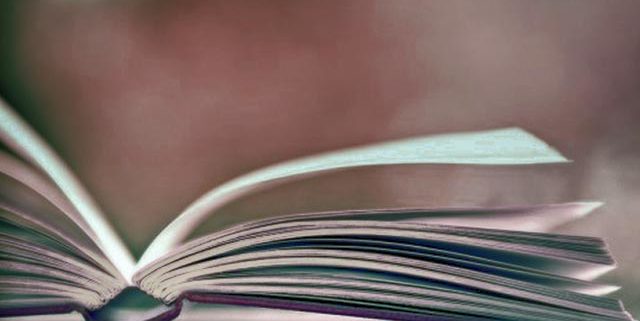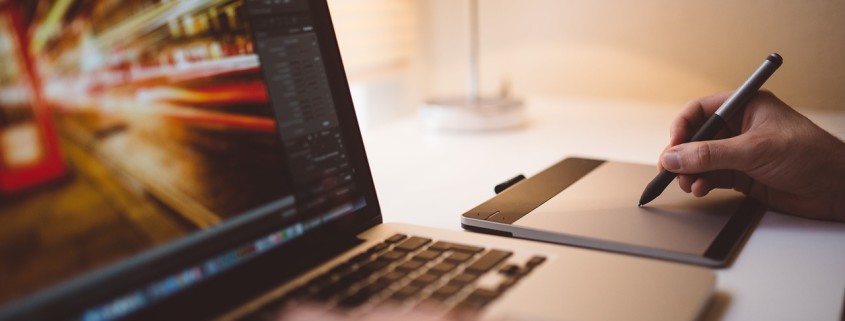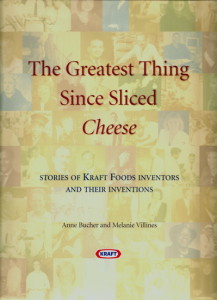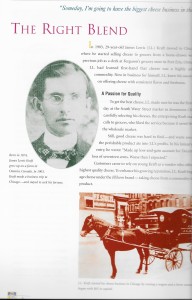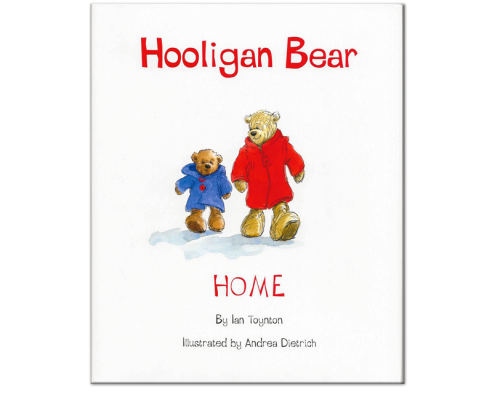There Are Many Types of Paper for Your Book
Choosing the right type of paper is an important part of the overall quality of your book. You can start by looking at the type of book you have. Whether a novel, an art book an instructional book, a children’s picture book, a sketch book or a medical reference book, each book type would most likely use a different type of paper.
Paper comes in shades of color from bright white, cream, ivory, vanilla and gray, even white comes in a variety shades and brightness. There are various finishes that also have a number of options in color and brightness. The two basic finishes are uncoated and coated. Uncoated paper is easy to read and often used for novels and one-color books. Coated paper comes in a few different finishes and is used for photography books, children’s books and anything with color images since the reproduction of color is always better on coated paper.

